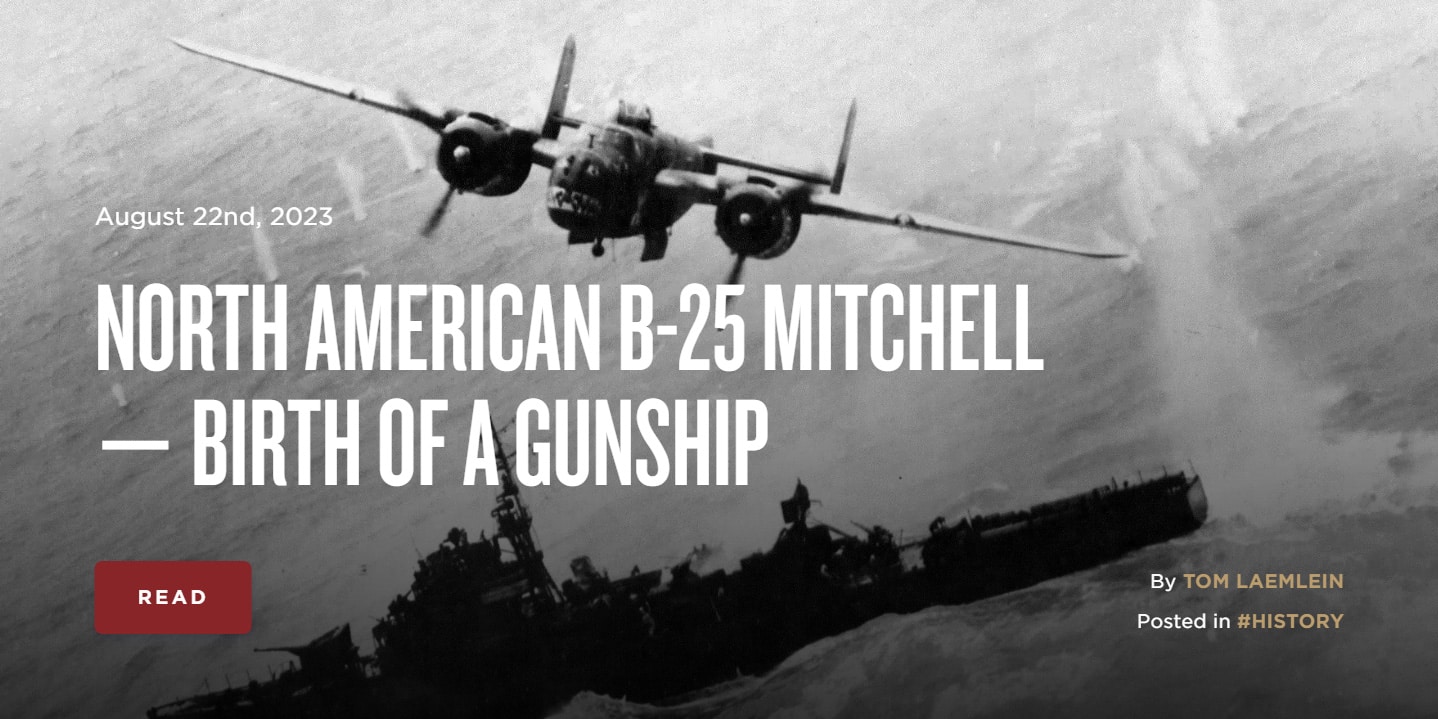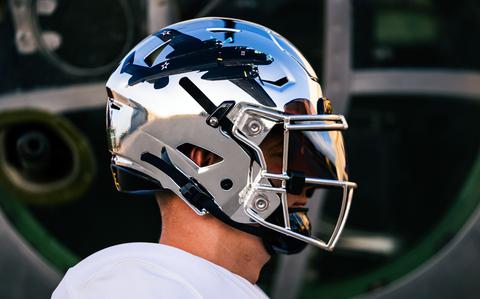Hello all, here is today's article posted on TheArmoryLife.com. It is titled “North American B-25 Mitchell — Birth of a Gunship” and can be found at https://www.thearmorylife.com/b-25-mitchell/.



And maybe a telephoto lens.Reading this article in a N Tx burb, and a local B-25 flew over as I’m reading it. Unmistakable growl of old 1940’s engines.
I’m going to buy a lottery ticket next
HahaaAnd maybe a telephoto lens.

I mourn all the poor 1s and 0s that gave their lives so you could take and post that pic. If you'd said it was a UFO over your house, it would have been just as interesting. MORE interesting, come to think of it.Hahaa
Cell phone pic as I was at my desk banging away on a excel spreadsheet and jumped up quick
I mourn all the poor 1s and 0s that gave their lives so you could take and post that pic. If you'd said it was a UFO over your house, it would have been just as interesting. MORE interesting, come to think of it.
I mourn all the poor 1s and 0s that gave their lives so you could take and post that pic. If you'd said it was a UFO over your house, it would have been just as interesting. MORE interesting, come to think of it.
F-35's fly around here a lot also.Reading this article in a N Tx burb, and a local B-25 flew over as I’m reading it. Unmistakable growl of old 1940’s engines.
I’m going to buy a lottery ticket next
View attachment 42718
Earth vs. the Flying Saucers. One of my favorites ever since I saw it as a kid. Have the DVD around here somewhere. Understand it provided the basic story line for Independence Day.

“Insensitive to Japan” was a comment…I am so weary of those spring loaded to be offended at something. It's our history for crying out loud.

Air Force Academy gets mixed reviews for football uniforms commemorating Doolittle Raid
The Falcons’ uniform honors the 80 pilots and crewmen of the Doolittle Raid, the flight of 16 B-25B Mitchell bombers launched from the aircraft carrier USS Hornet against targets in Japan on April 18, 1942.www.stripes.com
My Father was a gunner on a B24. Started out as a belly gunner cause he was short. Then they put him in the nose gunner position. He was on many of the big raids like the Schweinfurt ball bearing raids. When the German 262s came out he downed two of them. He said the pilots must have been rookies because they did a head on attack but sharply pulled up right in front of his guns exposing their bellies. He said a short burst of the 50s' and they both exploded. He was a hell of a guy.My Grandfather was a tailgunner in the south pacific in a B 25 . Started out with twin 30s if I remember right they quickly switched to the 50s .
2 confirmed jap zero kills and many missions out of the Solomon Islands.
Ditto, tired of the PC crowd and their absolute ignorance of our history.I am so weary of those spring loaded to be offended at something. It's our history for crying out loud.

Air Force Academy gets mixed reviews for football uniforms commemorating Doolittle Raid
The Falcons’ uniform honors the 80 pilots and crewmen of the Doolittle Raid, the flight of 16 B-25B Mitchell bombers launched from the aircraft carrier USS Hornet against targets in Japan on April 18, 1942.www.stripes.com
